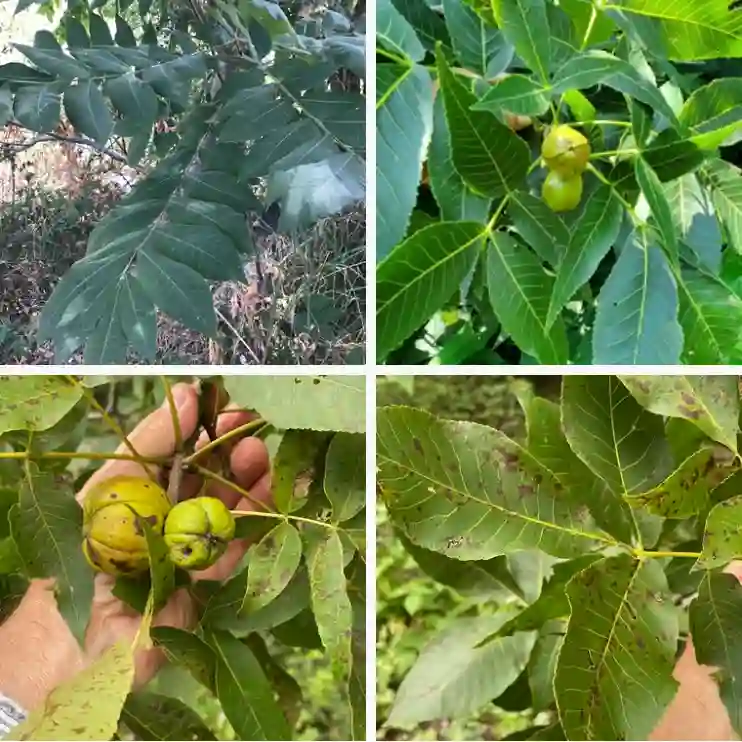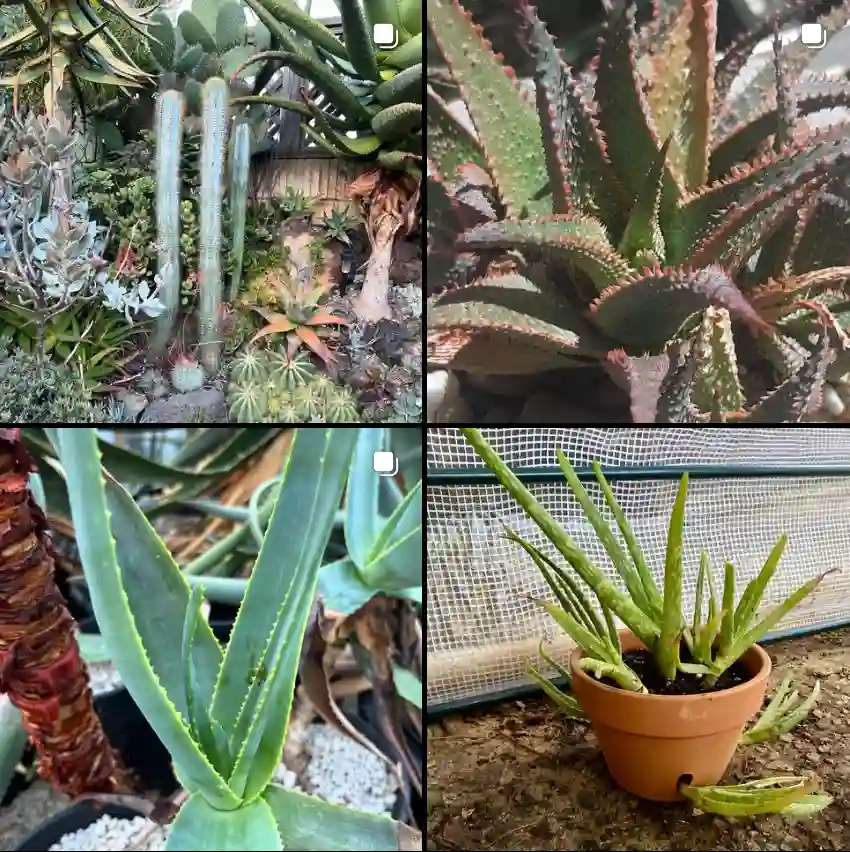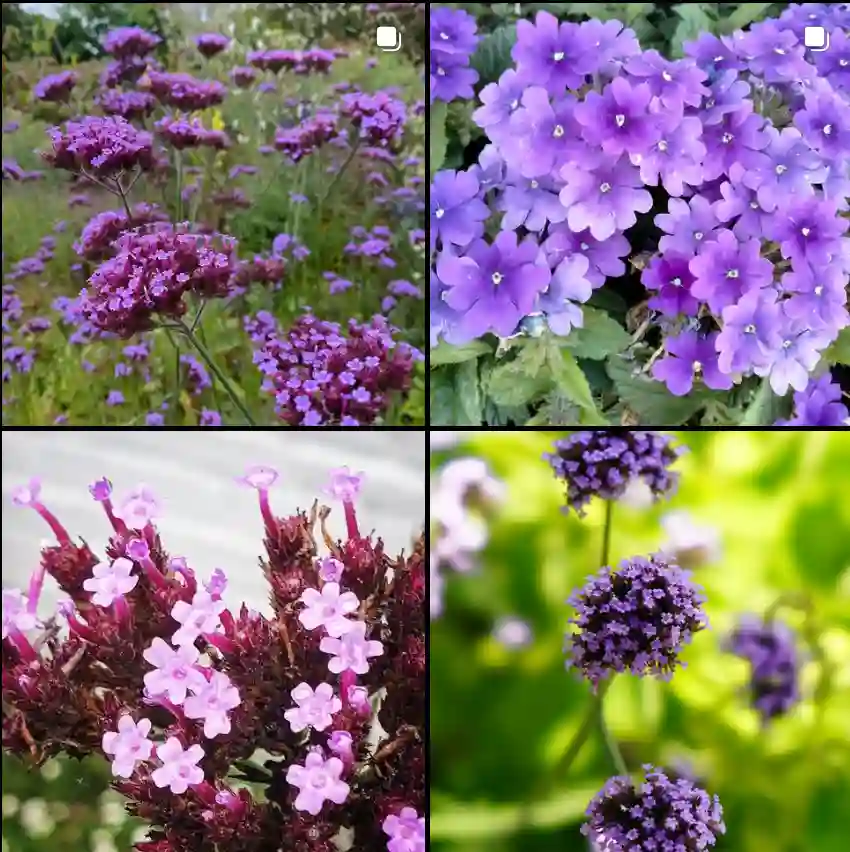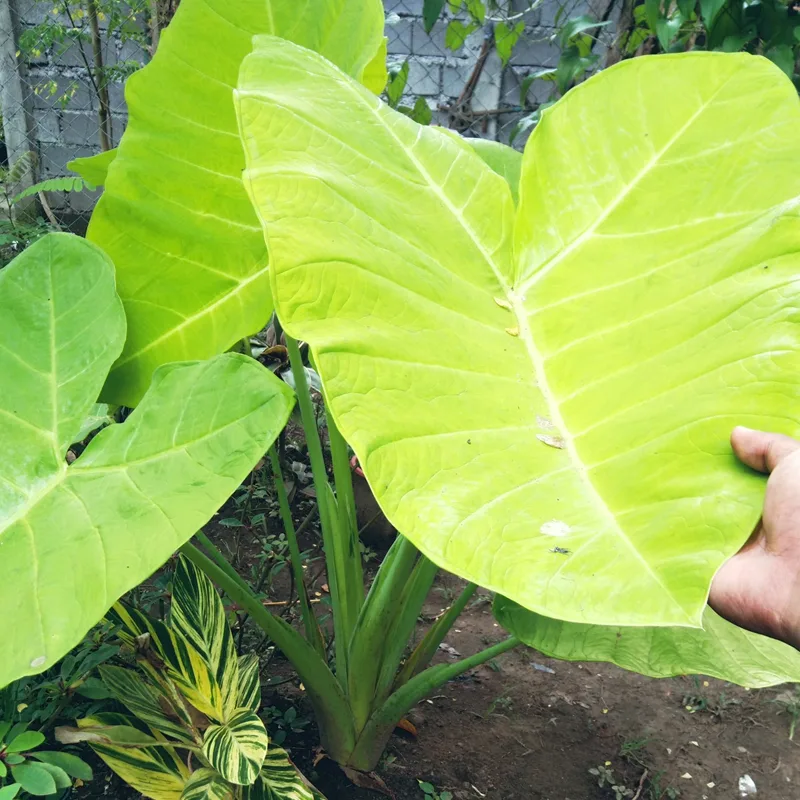What is Cistus Mickie?
Cistus Mickie, also known as Mickie Rockrose, is a charming evergreen shrub that belongs to the Cistaceae family. With its origins in the Mediterranean, Cistus Mickie is celebrated for its vibrant, showy flowers and resilience to harsh conditions. The plant typically features bright pink or magenta blossoms with a crinkled texture, which resemble delicate tissue paper. Its foliage is often aromatic and evergreen, adding year-round interest to gardens.
67 Species in Genus Cistus
How to Care for Cistus Mickie?
Cistus Mickie thrives in full sun and well-draining soil. If you’re growing it in your garden, make sure it gets at least 6 hours of direct sunlight each day. It’s crucial to plant it in a location with good drainage, as it doesn’t like “wet feet” and is susceptible to root rot if the soil stays too damp.
Watering is straightforward: allow the soil to dry out between waterings. This plant is drought-tolerant once established, which makes it a great choice for low-maintenance gardens. During the growing season, a light application of a balanced fertilizer can encourage more prolific blooming. However, be cautious not to over-fertilize, as this can lead to excessive foliage growth at the expense of flowers.
Pruning is another essential aspect of Cistus Mickie care. Regularly remove spent flowers and any dead or damaged stems to encourage a healthy shape and more blooms. Prune after the flowering period to avoid cutting off new buds.
How to Propagate Cistus Mickie?
Propagating Cistus Mickie can be done through both seeds and cuttings. If you prefer seeds, start them indoors in a seed-starting mix. Sow them in a shallow tray and keep them in a warm, sunny location. Germination usually takes a few weeks. Once the seedlings have developed a couple of sets of true leaves, they can be transplanted into individual pots.
For propagation through cuttings, take semi-hardwood cuttings in late summer or early autumn. Use a clean, sharp knife to snip a 4-6 inch cutting from a healthy plant. Remove the lower leaves and dip the cut end in rooting hormone. Plant the cutting in a pot filled with a well-draining mix, and keep it moist until roots develop. Once established, you can transplant the new plants into their final growing locations.
What to Plant With Cistus Mickie?
Cistus Mickie pairs well with a variety of plants that complement its Mediterranean origins. Consider planting it alongside other drought-tolerant species such as Lavender, Sage, or Thyme. These plants not only share similar water and light needs but also provide a beautiful contrast in textures and colors.
Additionally, low-growing perennials like Sedum or creeping ground covers such as Lippia can enhance the visual appeal of a garden bed featuring Cistus Mickie. Ornamental grasses like Blue Fescue or Fountain Grass also make excellent companions, adding movement and texture.
Is Cistus Mickie Toxic?
Cistus Mickie is not considered toxic to pets or humans. Its non-toxic nature makes it a safe choice for gardens where children and animals might play. However, as with all plants, it’s wise to monitor young children and pets to ensure they don’t ingest large quantities of plant material, which could cause minor digestive discomfort.
Benefits of Cistus Mickie
One of the standout benefits of Cistus Mickie is its low maintenance requirements. Its ability to thrive in poor soil and drought conditions makes it ideal for regions with limited water availability. Additionally, its evergreen foliage and striking flowers provide year-round interest, making it a valuable addition to any garden.
Cistus Mickie is also known for its aromatic foliage, which can add a pleasant scent to your garden. This can be particularly enjoyable when planted near pathways or seating areas.
Common Problems with Cistus Mickie
While Cistus Mickie is generally hardy, it can face a few common issues. The most significant problem is root rot, which can occur if the plant is grown in poorly draining soil or overwatered. Ensuring proper drainage and avoiding excessive watering can help prevent this issue.
Another potential problem is powdery mildew, which can affect the plant’s foliage. To manage this, provide adequate air circulation around the plant and avoid overhead watering. If mildew does appear, treat it with a fungicide or a homemade solution of water and baking soda.
How Does Cistus Mickie Compare with Other Similar Plants?
Cistus Mickie is often compared to other Cistus species like Cistus ladanifer or Cistus creticus. While all these plants share similar characteristics, such as their Mediterranean origin and attractive blooms, Cistus Mickie stands out for its vibrant pink flowers and compact growth habit.
Compared to other Mediterranean shrubs like Lavender, Cistus Mickie offers a different flowering style and foliage texture. Lavender’s fragrant flowers and gray-green leaves contrast with Cistus Mickie’s bright pink blooms and glossy leaves, providing varied visual interest in a garden setting.
In summary, Cistus Mickie is a resilient and beautiful addition to any garden, with its low maintenance needs and striking appearance. Whether you’re adding it to a Mediterranean-themed garden or simply looking for a hardy shrub with vibrant blooms, Cistus Mickie is a fantastic choice.
If i die, water my plants!



